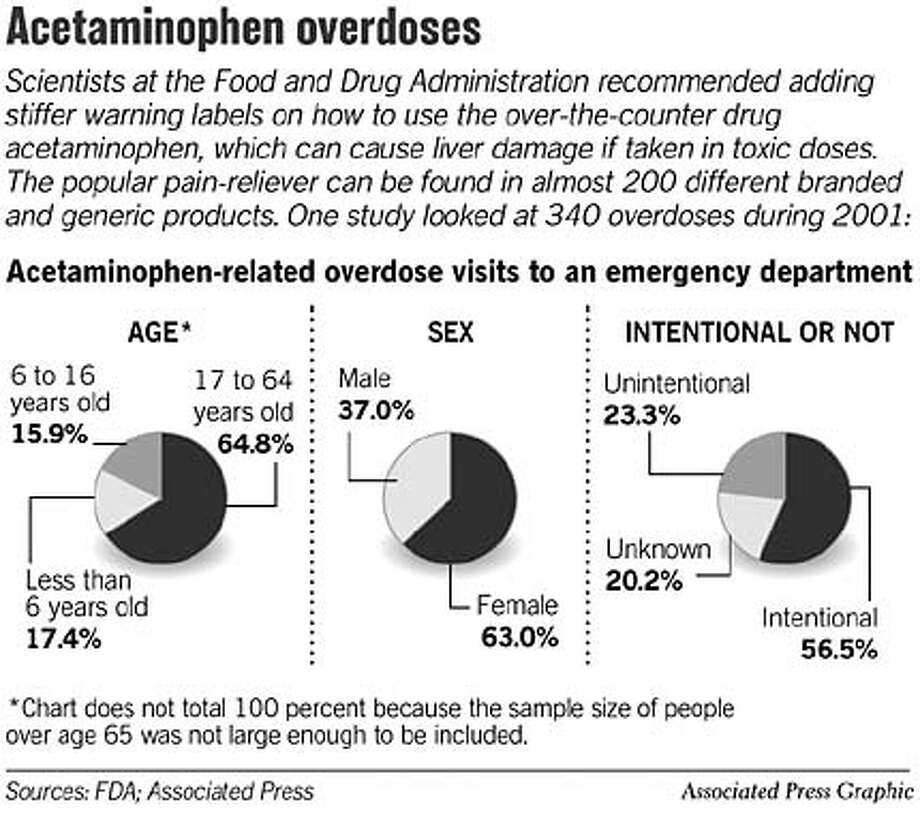
Expert Rev Clin Pharmacol 7:341–348īlomstrand R, Theorell H (1970) Inhibitory effect on ethanol oxidation in man after administration of 4-methylpyrazole. N Engl J Med 369:2525–2534īlieden M, Paramore LC, Shah D, Ben-Joseph R (2014) A perspective on the epidemiology of acetaminophen exposure and toxicity in the United States. Clin Toxicol (phila) 48:424–430īernal W, Wendon J (2013) Acute liver failure. J Toxicol Clin Toxicol 24:463–483īebarta VS, Kao L, Froberg B, Clark RF, Lavonas E, Qi M, Delgado J, McDonagh J, Arnold T, Odujebe O, O’Malley G, Lares C, Aguilera E, Dart R, Heard K, Stanford C, Kokko J, Bogdan G, Mendoza C, Mlynarchek S, Rhyee S, Hoppe J, Haur W, Tan HH, Tran NN, Varney S, Zosel A, Buchanan J, Al-Helial M (2010) A multicenter comparison of the safety of oral versus intravenous acetylcysteine for treatment of acetaminophen overdose.

J Pharmacol Exp Ther 324:8–14īaud FJ, Bismuth C, Garnier R, Galliot M, Astier A, Maistre G, Soffer M (1986–1987) 4-Methylpyrazole may be an alternative to ethanol therapy for ethylene glycol intoxication in man. Toxicol Sci 94:217–225īajt ML, Farhood A, Lemasters JJ, Jaeschke H (2008) Mitochondrial bax translocation accelerates DNA fragmentation and cell necrosis in a murine model of acetaminophen hepatotoxicity. Ann Emerg Med 44:401–406īajt ML, Cover C, Lemasters JJ, Jaeschke H (2006) Nuclear translocation of endonuclease G and apoptosis-inducing factor during acetaminophen-induced liver cell injury.

Environ Toxicol Pharmacol 61:8–17īailey B, Blais R, Letarte A (2004) Status epilepticus after a massive intravenous N-acetylcysteine overdose leading to intracranial hypertension and death. Arch Toxicol 95:3377–3391Īrzuk E, Turna B, Sözbilen M, Orhan H (2018) Inter-individual and inter-organ variability in the bioactivation of paracetamol by human liver and kidney tissues. Toxicol Appl Pharmacol 409:115317Īkakpo JY, Jaeschke MW, Ramachandran A, Curry SC, Rumack BH, Jaeschke H (2021) Delayed administration of N-acetylcysteine blunts recovery after an acetaminophen overdose unlike 4-methylpyrazole. Toxicol Sci 170:57–68Īkakpo JY, Ramachandran A, Orhan H, Curry SC, Rumack BH, Jaeschke H (2020) 4-Methylpyrazole protects against acetaminophen-induced acute kidney injury. Hum Exp Toxicol 37:1310–1322Īkakpo JY, Ramachandran A, Duan L, Schaich MA, Jaeschke MW, Freudenthal BD, Ding WX, Rumack BH, Jaeschke H (2019) Delayed treatment with 4-methylpyrazole protects against acetaminophen hepatotoxicity in mice by inhibition of c-jun N-terminal kinase. Clinical trials to support this hypothesis are warranted.Īkakpo JY, Ramachandran A, Kandel SE, Ni HM, Kumer SC, Rumack BH, Jaeschke H (2018) 4-Methylpyrazole protects against acetaminophen hepatotoxicity in mice and in primary human hepatocytes. These mechanistic findings, together with the excellent safety profile after methanol and ethylene glycol poisoning and after an APAP overdose, suggest that fomepizole may be a promising antidote against APAP overdose that could be useful as adjunct treatment to NAC. Furthermore, the formation of oxidative metabolites was eliminated in healthy volunteers using the established treatment protocol for fomepizole in toxic alcohol and ethylene glycol poisoning. These mechanisms of protection (inhibition of Cyp2E1 and JNK) and an extended efficacy compared to NAC could be verified in primary human hepatocytes. In addition, fomepizole treatment, unlike NAC, prevented APAP-induced kidney damage and promoted hepatic regeneration in mice. In animal studies, fomepizole effectively prevented APAP-induced liver injury by inhibiting Cyp2E1 when treated early, and by inhibiting c-jun N-terminal kinase (JNK) and oxidant stress when treated after the metabolism phase.

Fomepizole (4-methylpyrazole), a clinically approved antidote against methanol and ethylene glycol poisoning, recently emerged as a promising candidate. Thus, additional antidotes with an extended therapeutic window may be needed for these patients. However, for late-presenting patients or after ingestion of very large overdoses, the efficacy of NAC is diminished. The standard oral or intravenous dosing regimen of NAC is highly effective for patients with moderate overdoses who present within 8 h of APAP ingestion. N-acetylcysteine (NAC) is still the only FDA-approved antidote against APAP overdose 40 years after its introduction. Acetaminophen (APAP) overdose can cause hepatotoxicity and even liver failure.


 0 kommentar(er)
0 kommentar(er)
